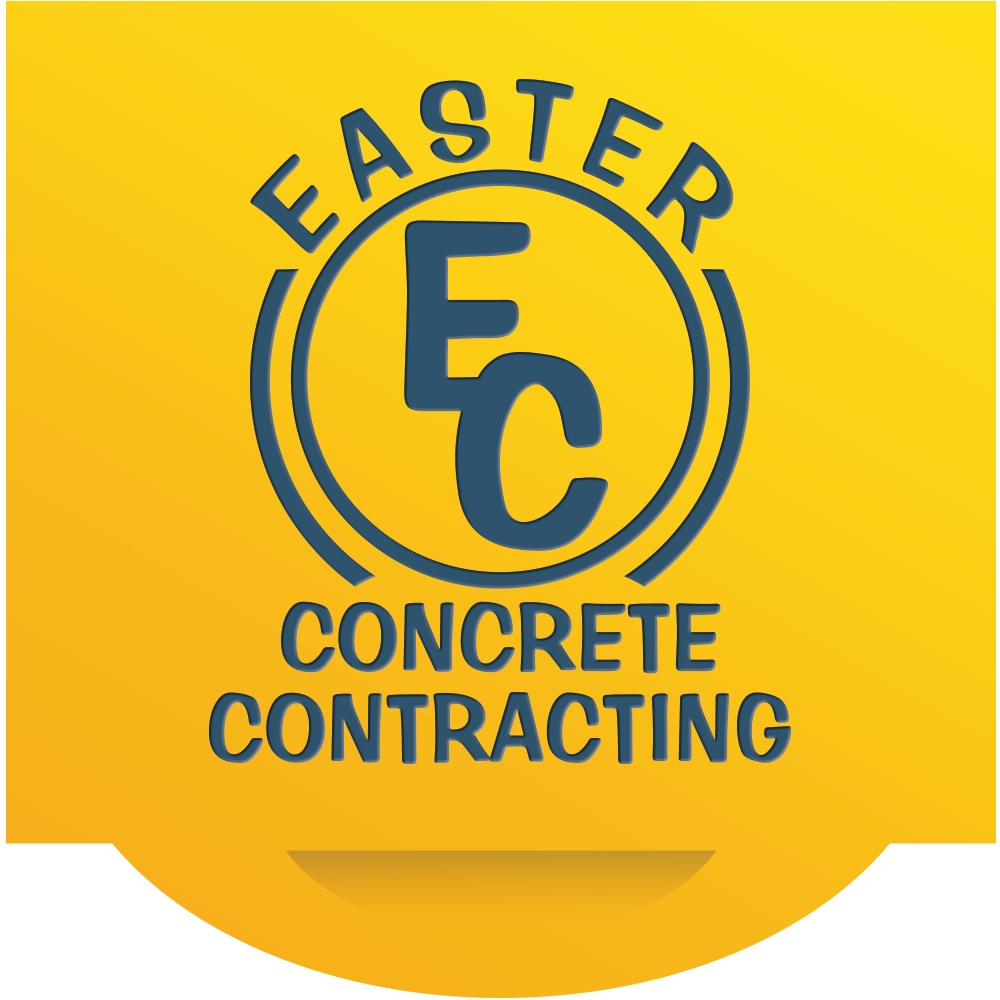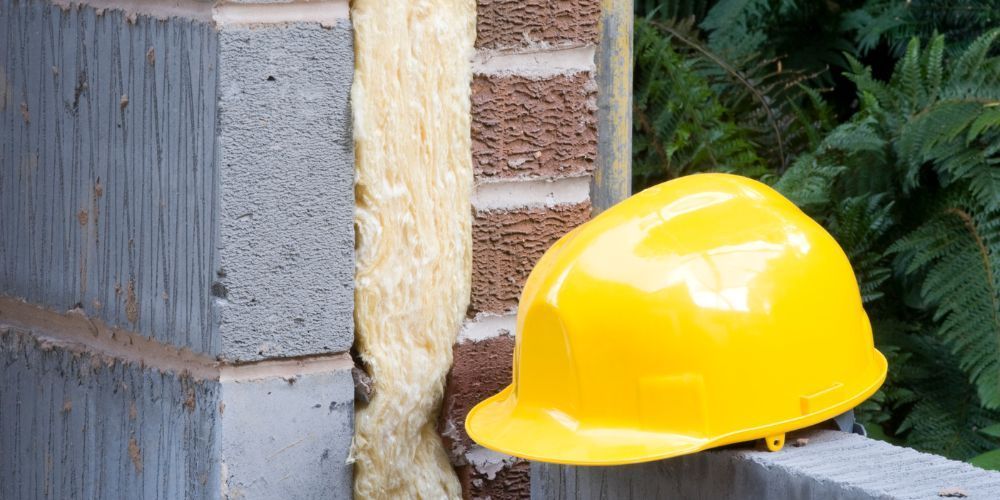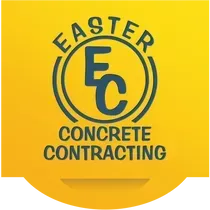6 Effective Ways to Prevent Concrete Cracks
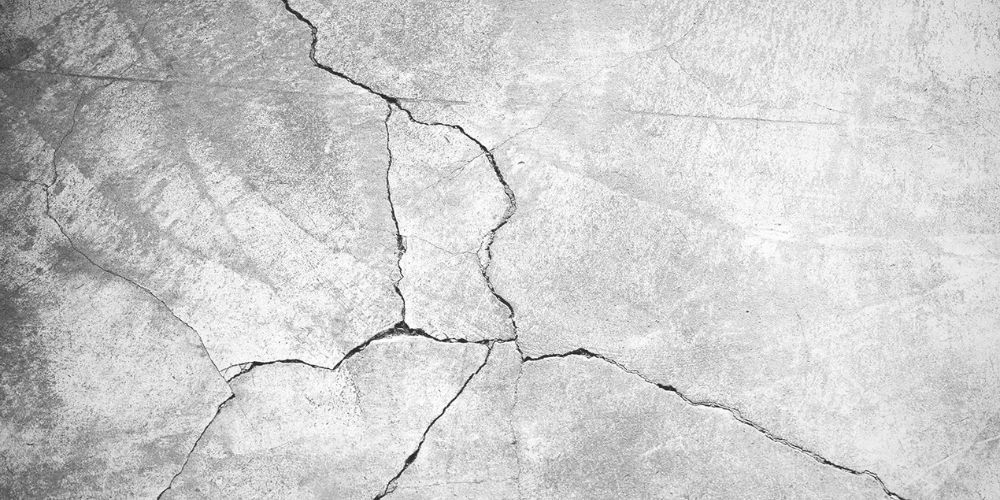
Whenever we notice concrete cracks on a slab or piece of pavement, we assume the material is at fault. While this is sometimes the case, there are many additional causes of concrete cracking besides structural problems, poor design, and subpar construction. Understanding the different types of concrete cracks to look for and how to prevent them may help you avoid accidents during construction and increase the lifespan of your structure or pavement.
Types of Cracks in Concrete
These types of cracks signal that either extensive or just simple repairs are required to restore a durable and smooth surface. No matter how large or tiny, you don’t want to ignore these signs.
Hairline Cracks
These cracks appear at the surface. These minuscule concrete cracks need immediate attention if they are collecting dirt, widening, posing a hazard, or ruining the aesthetic.
Shrinkage Cracks
They appear during the curing process of the concrete and can be prevented or reduced through proper joint placement.
Settlement Cracks
They occur when the base is not compacted efficiently and a section of the concrete sinks.
Structural cracks
These cracks are those that run through the entire slab and will require an entire replacement of the concrete or extensive repair.
Ways to Prevent Concrete Cracks
As mentioned, these types of cracks can be prevented from occurring with some extra attention to the installation process and regular maintenance.

Compact the Base
A compacted base is crucial in supporting the new slab. This step is completed before mixing up the concrete that will be used to install a patio or a sidewalk. When a base is not thoroughly compacted, there is a high chance of it settling later and creating a void between the slab and the ground beneath it, which results in concrete cracks.
Reduce Water Content in the Concrete Mixture
By reducing the amount of water while you mix, you achieve a lower water-to-cement ratio, which is ideal for a solid, sturdy surface. Reduced water results in smaller spaces forming between the aggregate materials, thus preventing these gaps from filling with air once the moisture evaporates.
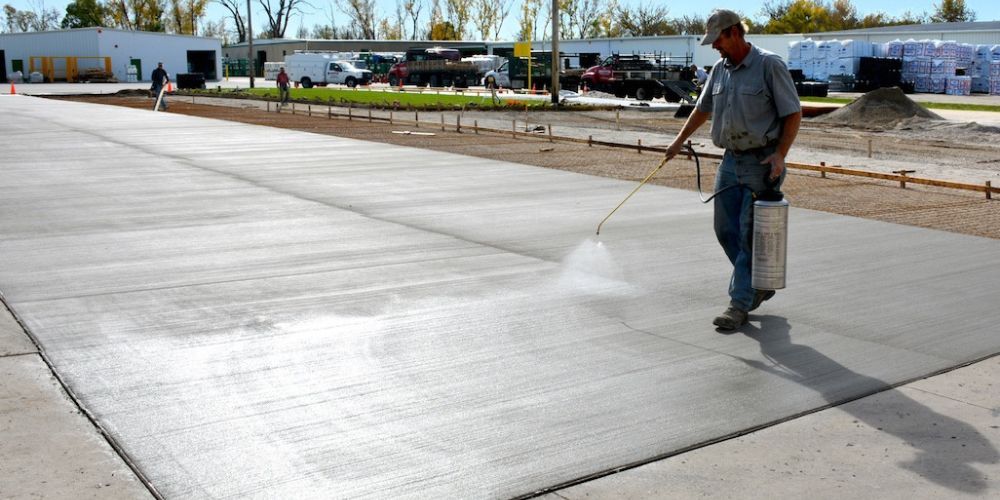
Proper Curing
The importance of proper curing of concrete is to allow for the slow evaporation of moisture in the concrete slabs. In most cases, contractors cure concrete by hosing it down with water as frequently as possible. For instance, five to ten times a day for the first seven days would suffice, depending on the outdoor temperature. If the temperatures dip, you should cover the surface with a concrete insulating blanket to prevent future cracks.
Keep the Concrete Moist
Spraying the surface with water, especially during the first seven days, is crucial to prevent concrete cracks. This step becomes vital if you have just installed the pavement or foundation during a warm weather season. The goal is to ensure the slab will maintain its strength and durability by enabling extremely slow drying while preventing the concrete from shrinking and cracking.

Use Control Joints
Control joints are purposely installed ''weak spots'' that are cut into the concrete slab at about a quarter of its depth to forestall and manage any future cracking. These joints can be cut into the concrete while it is still moist and pliable or a day after the concrete is poured using a saw.
Add Extra Protection
Likewise, you can go beyond the proper layering of concrete by using steel rebar, mesh, or anchor bolts for reinforcement. The goal is to ensure that the reinforcing material used is placed at the center of the concrete to keep it from being visible once the project is finished. Nevertheless, this measure adds a whole other layer of durability.
The best way to prevent concrete cracks is to guarantee proper installation with an effective maintenance plan. Easter Concrete offers that guarantee and a highly experienced team that gives their attention to even the most minor details. Whether you’re adding a pathway or a full-scale patio, you can count on a durable concrete surface that’s functional and pleasing to the eye.


